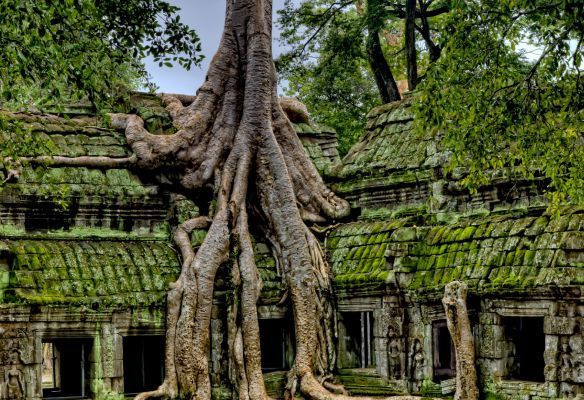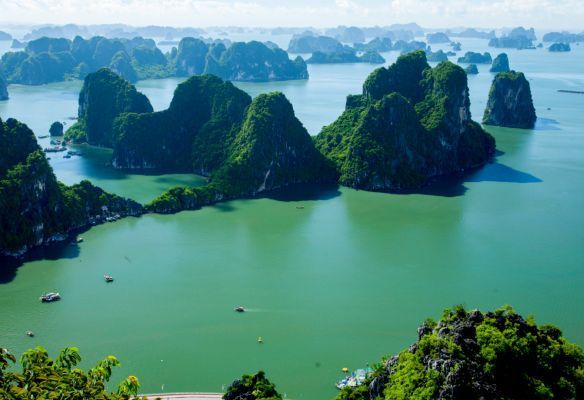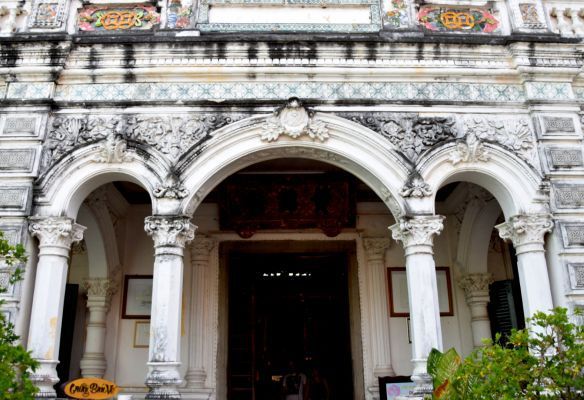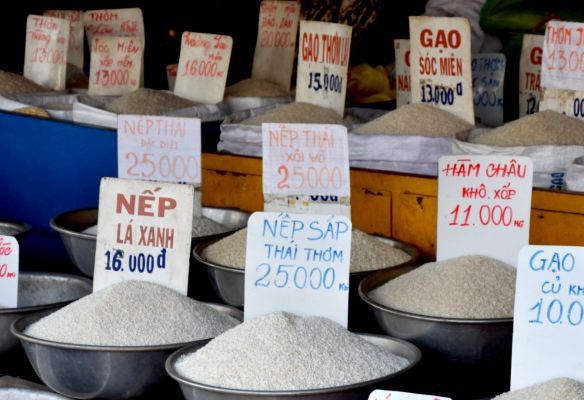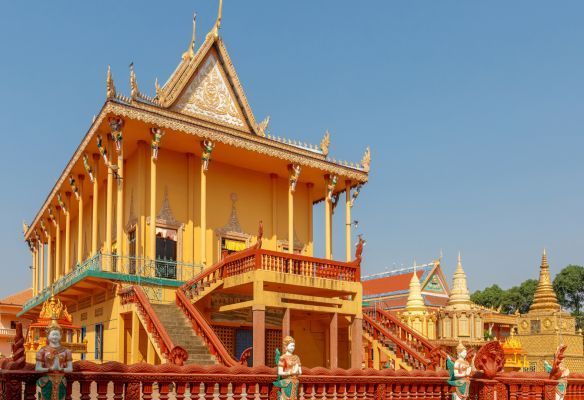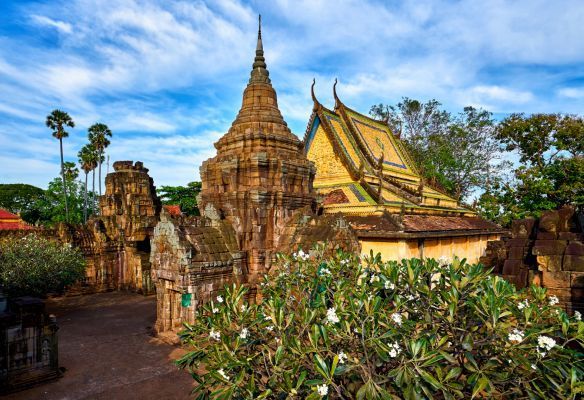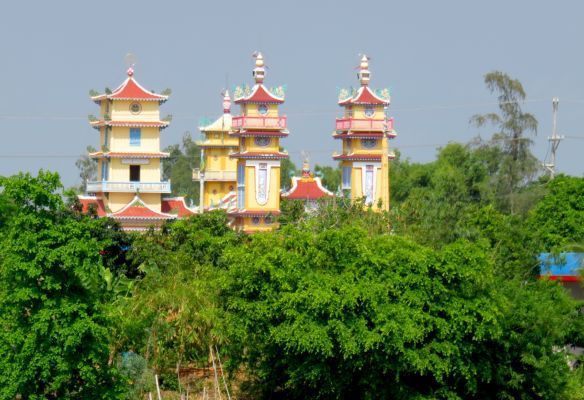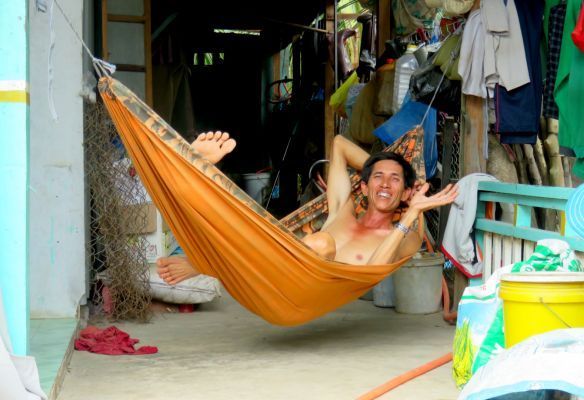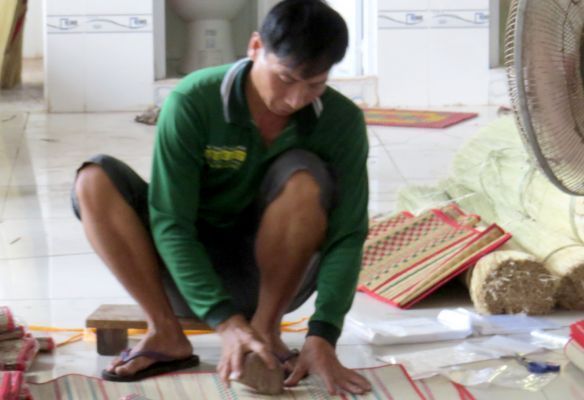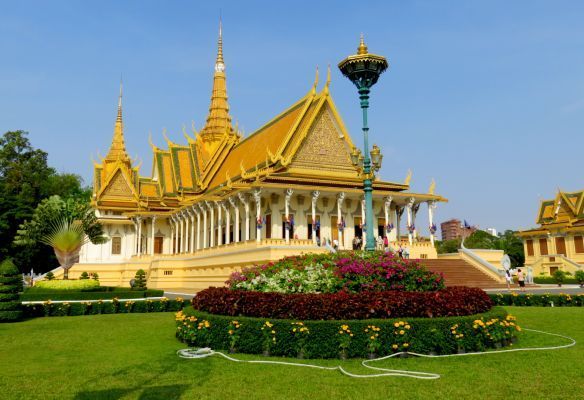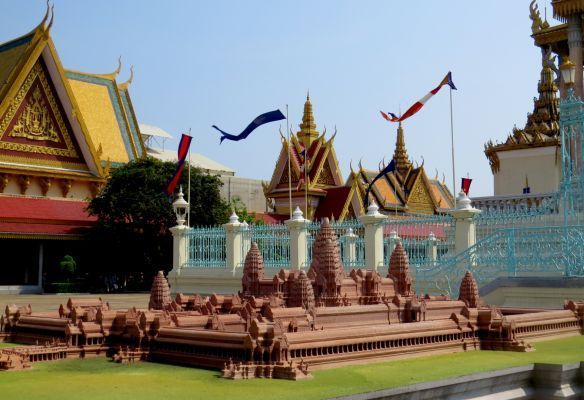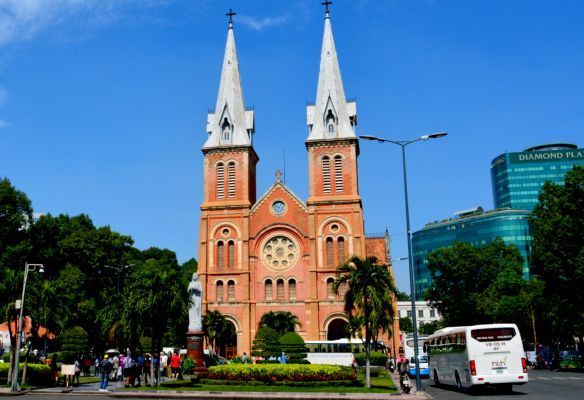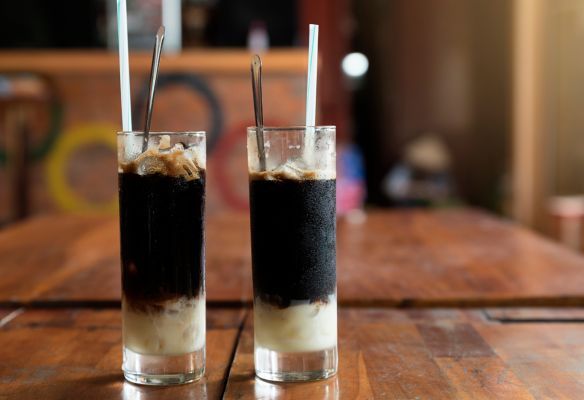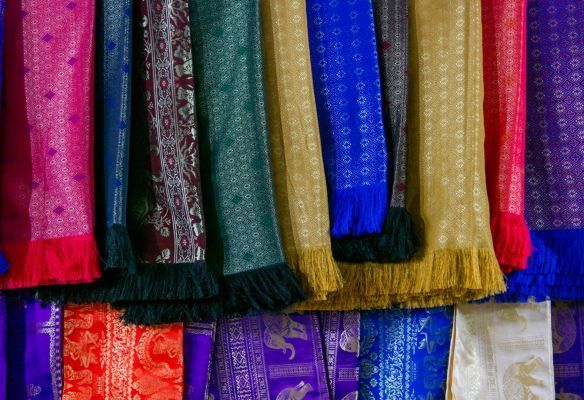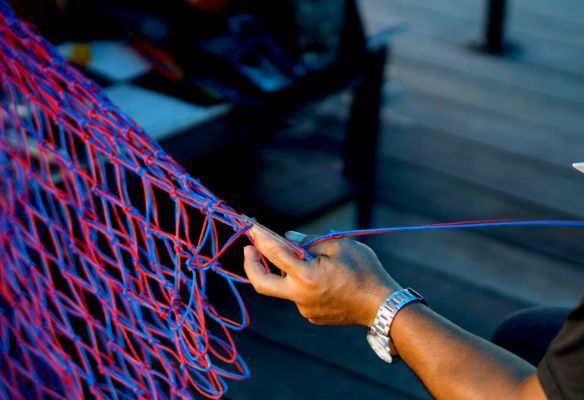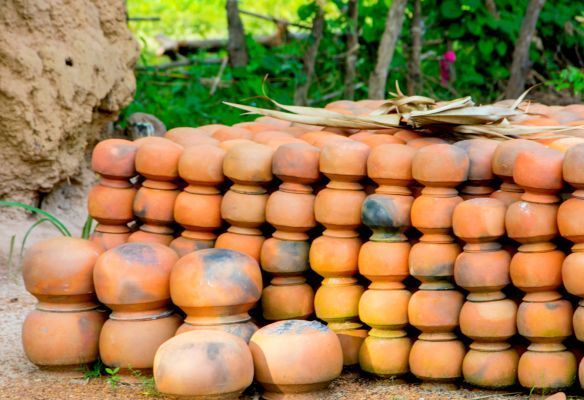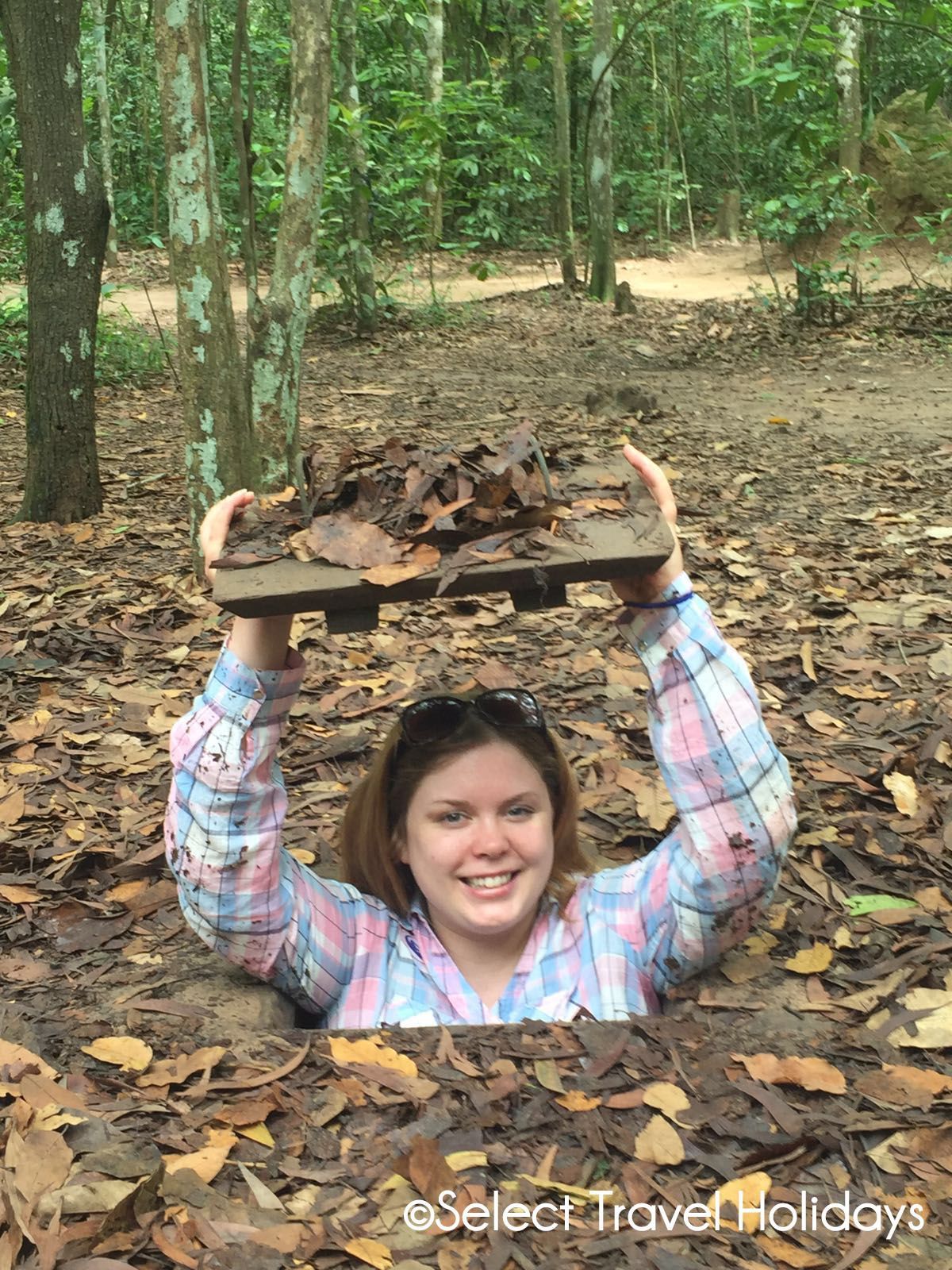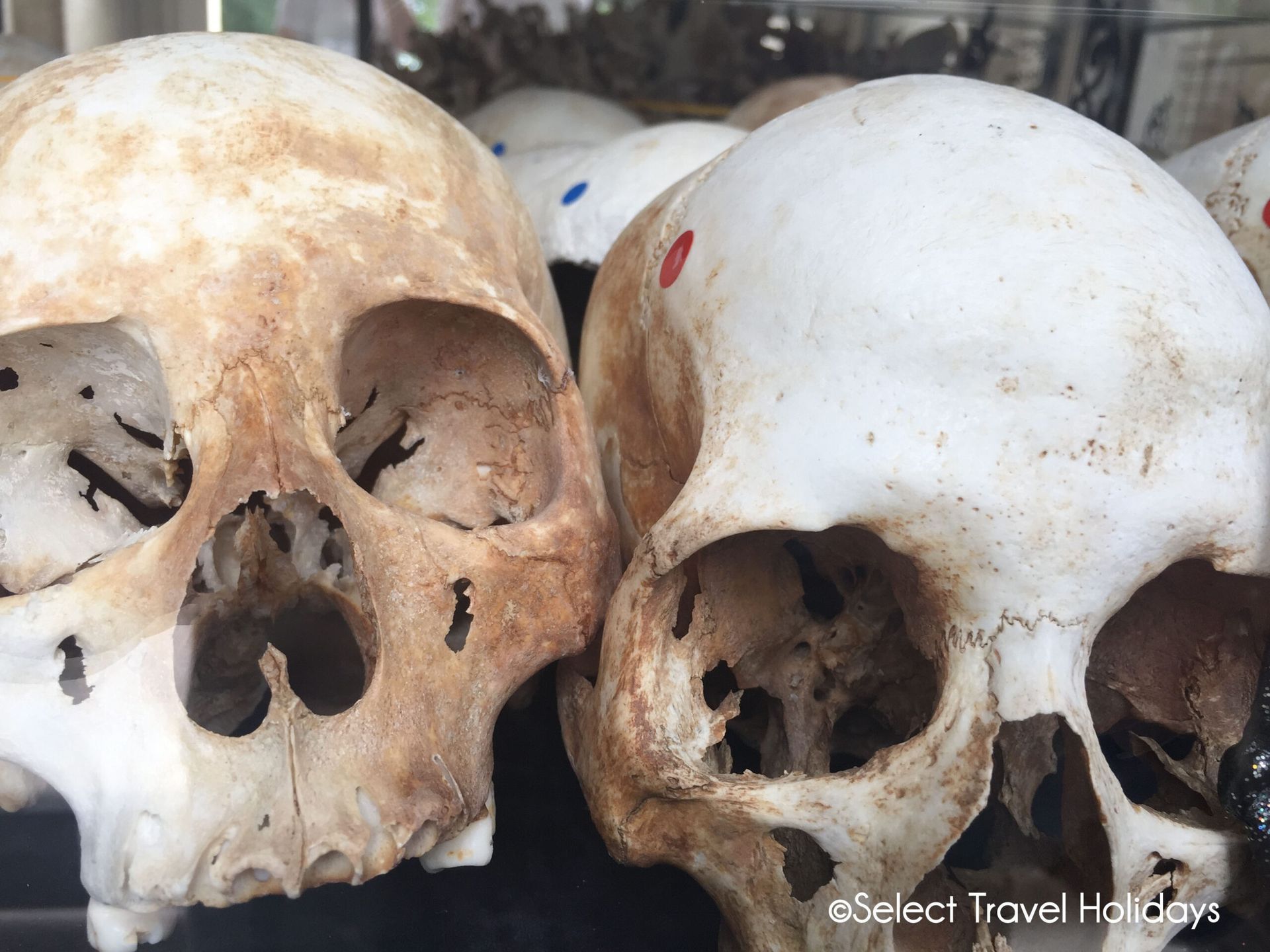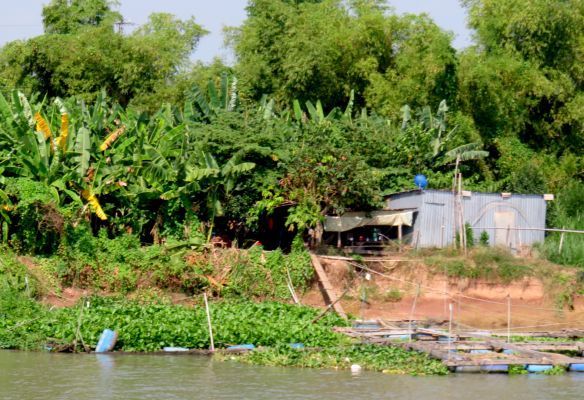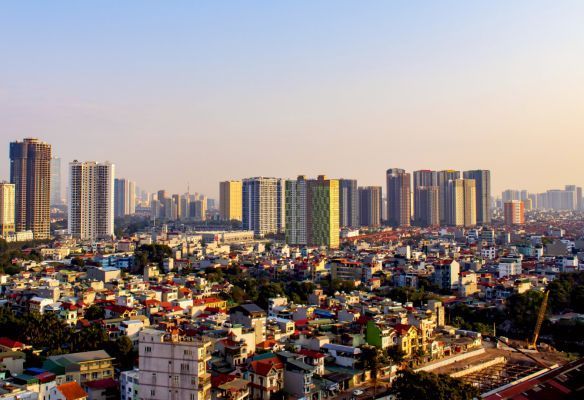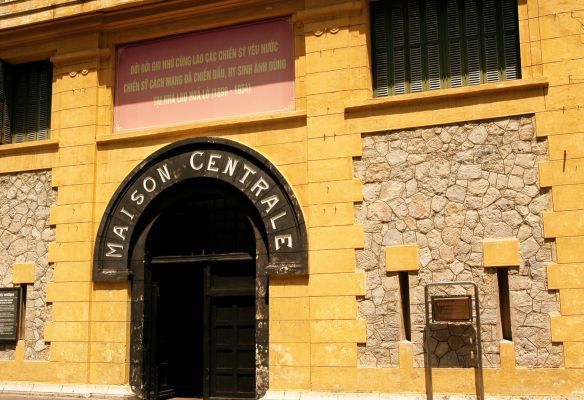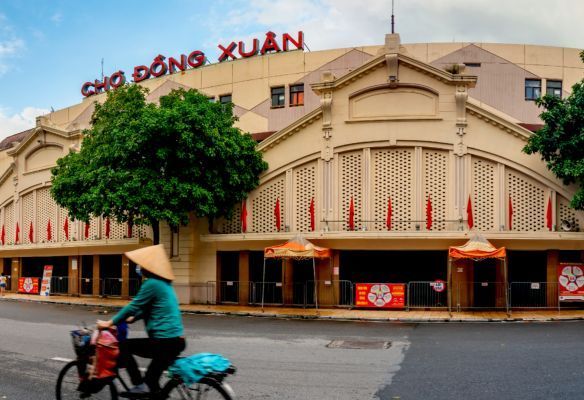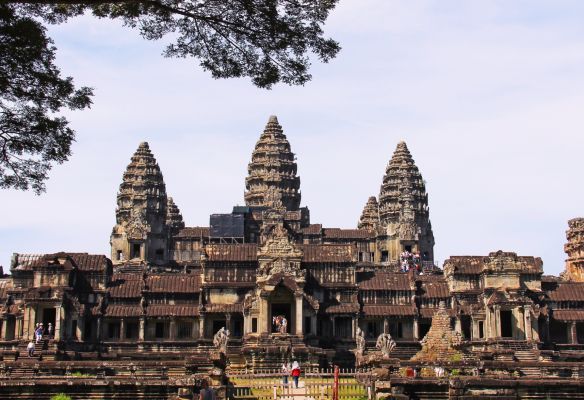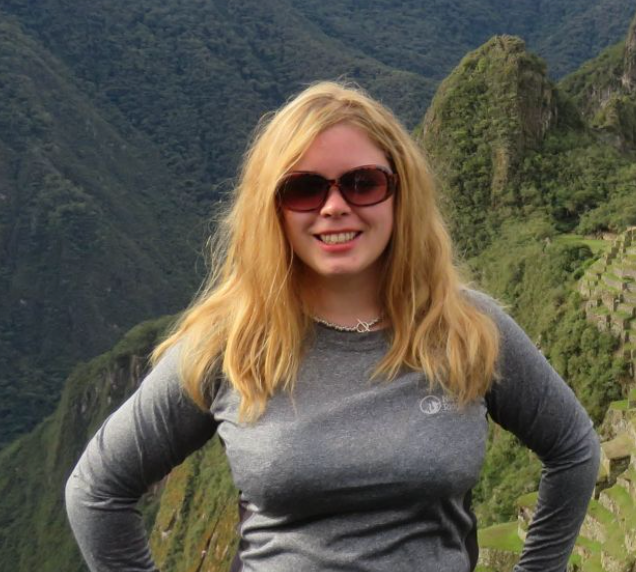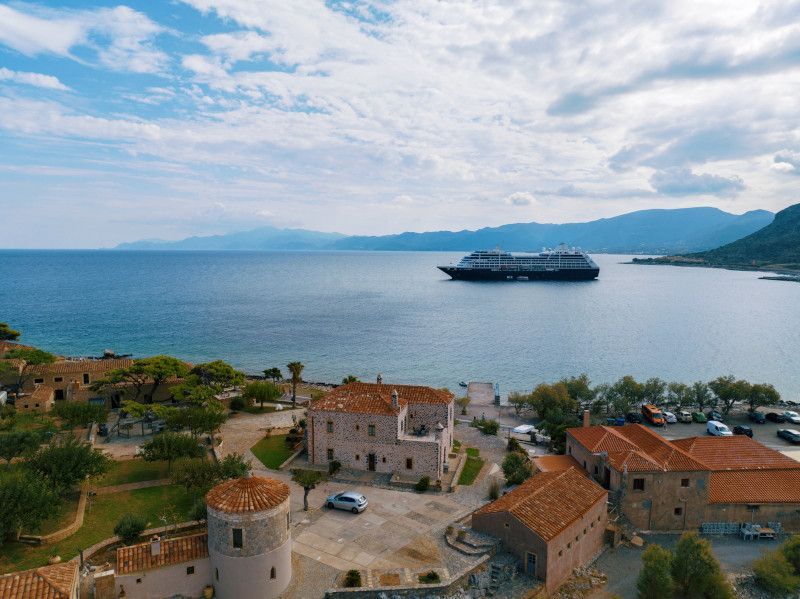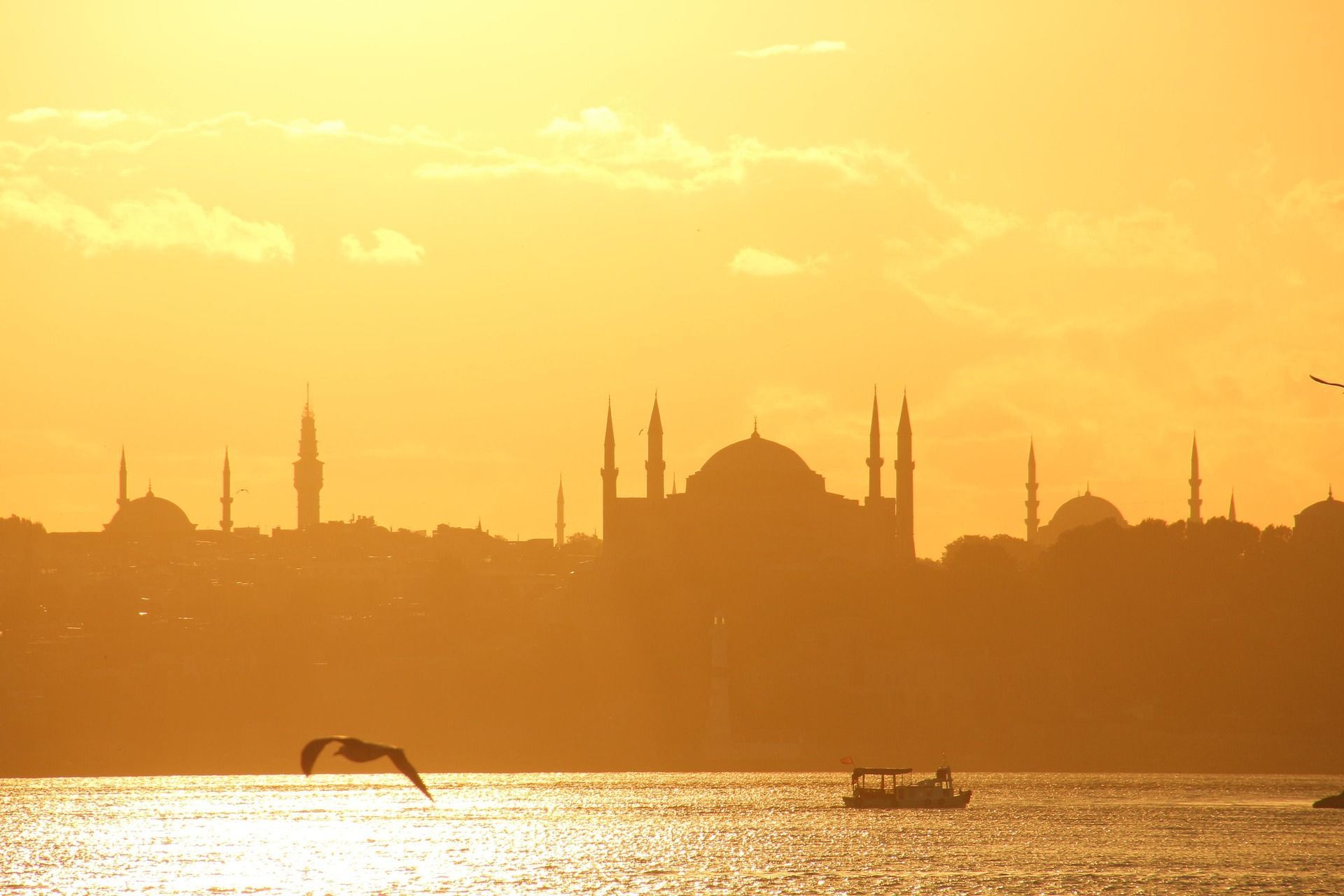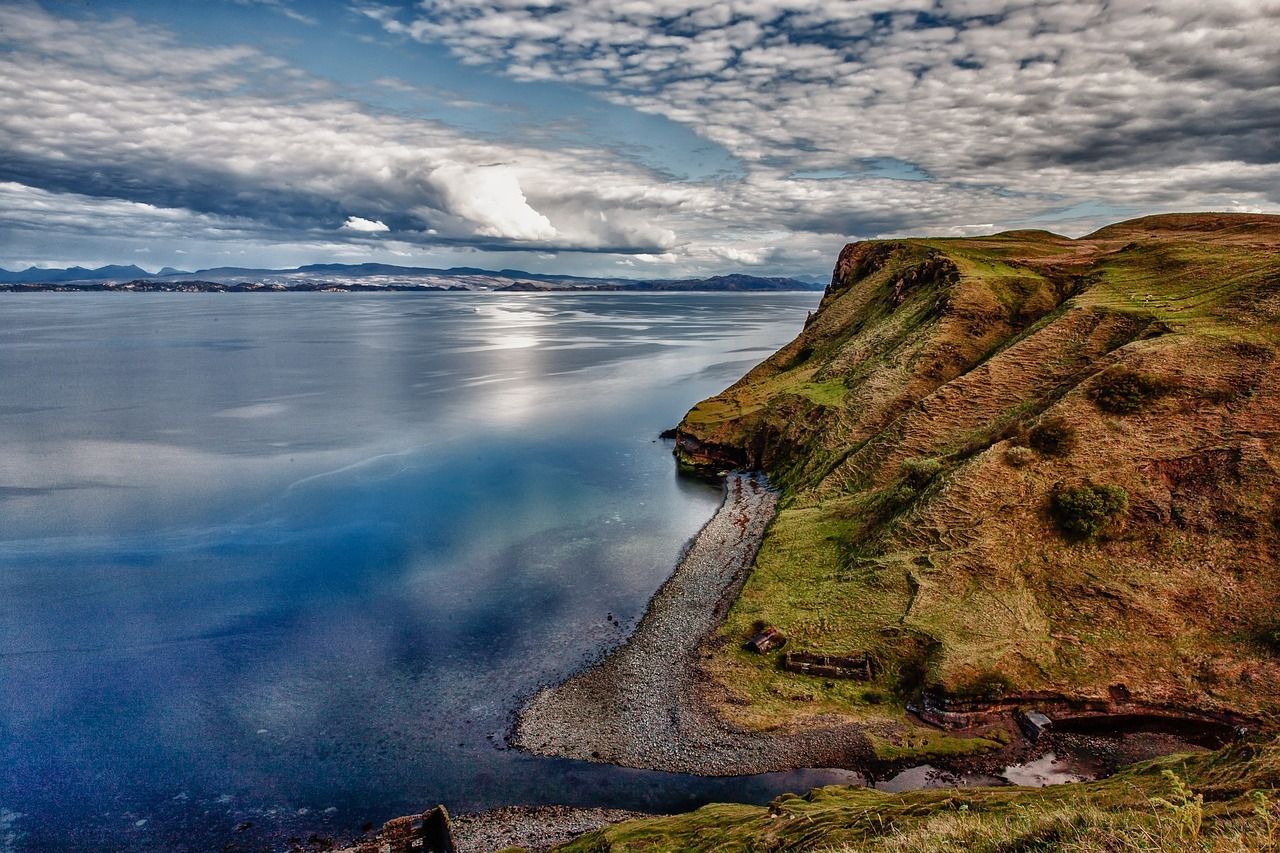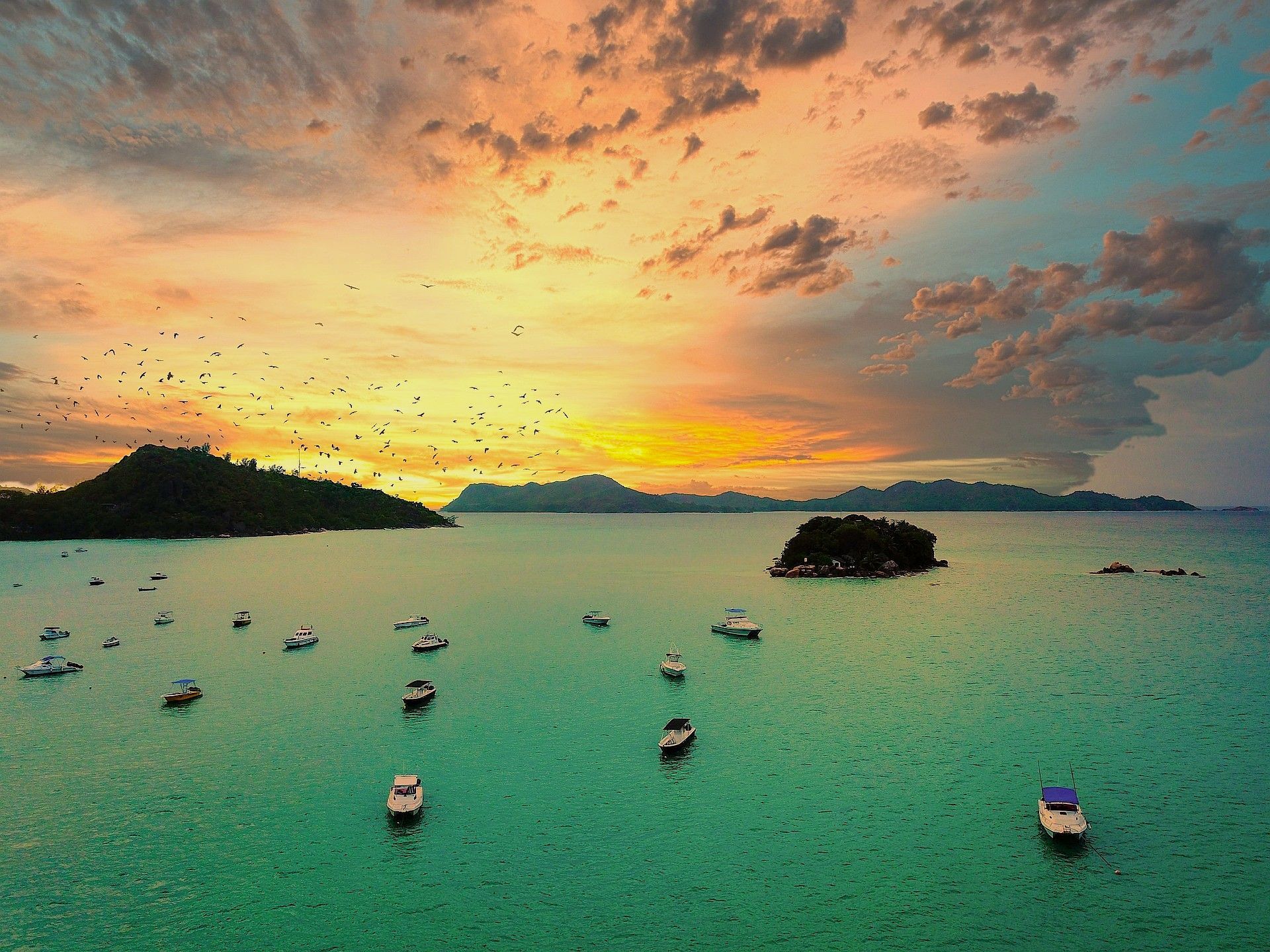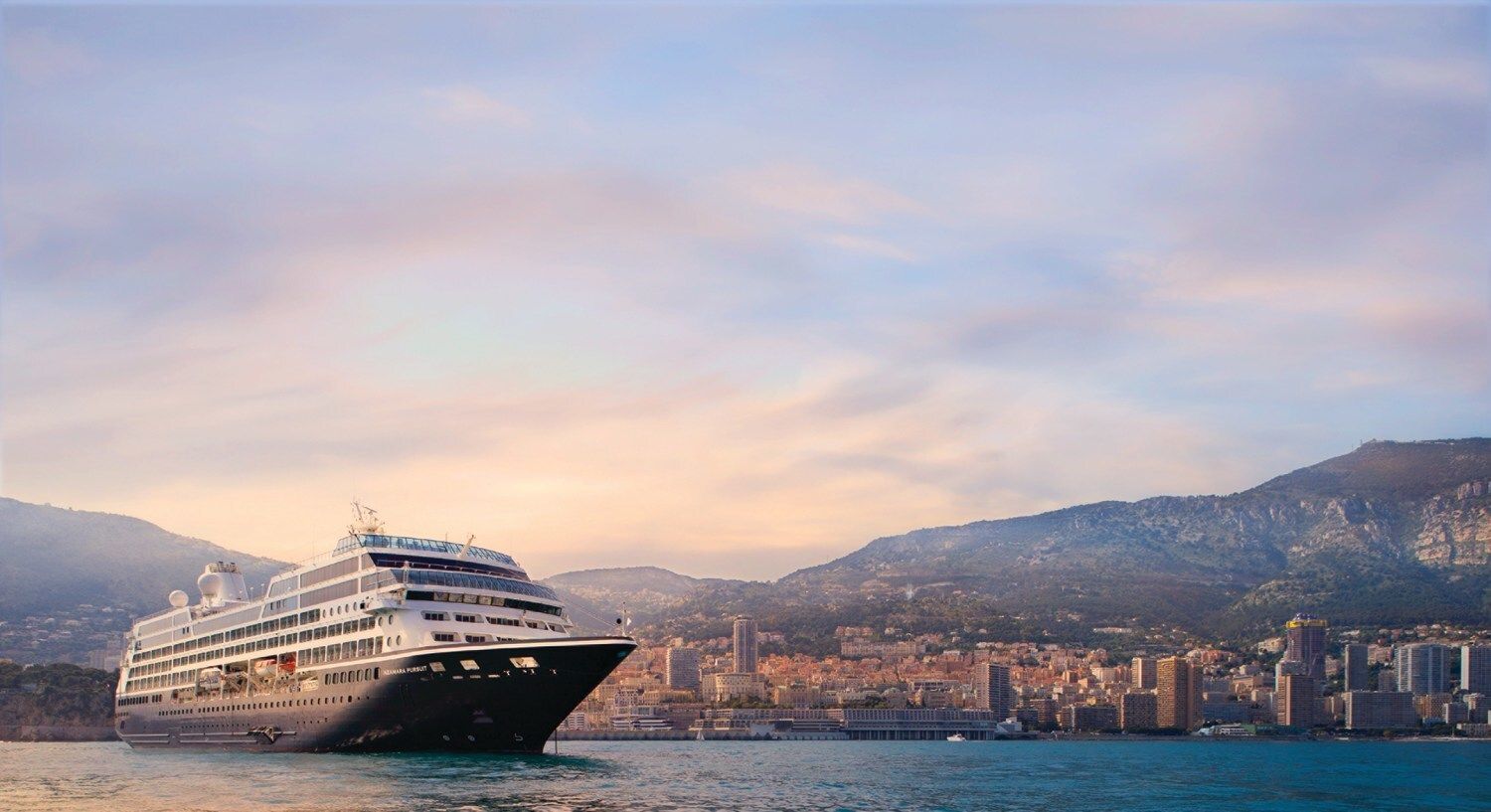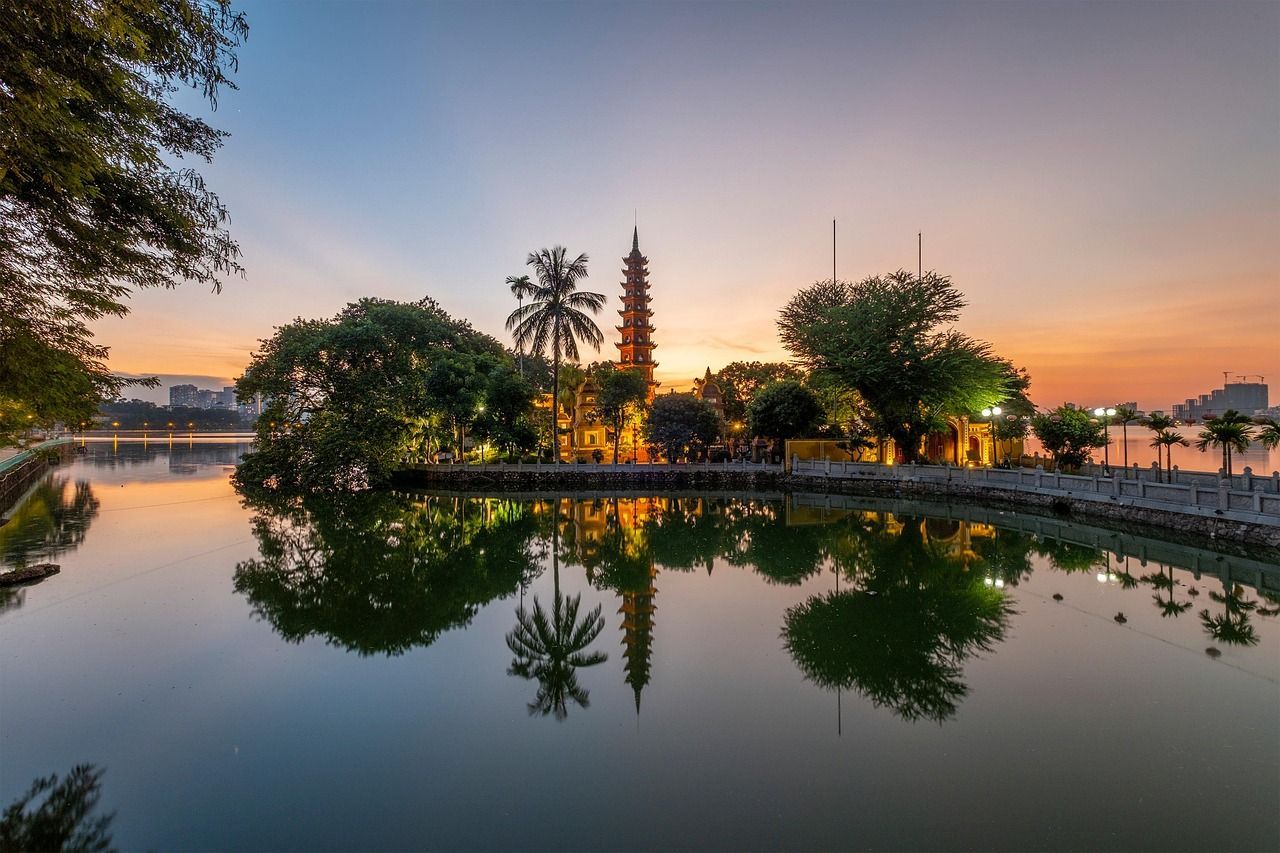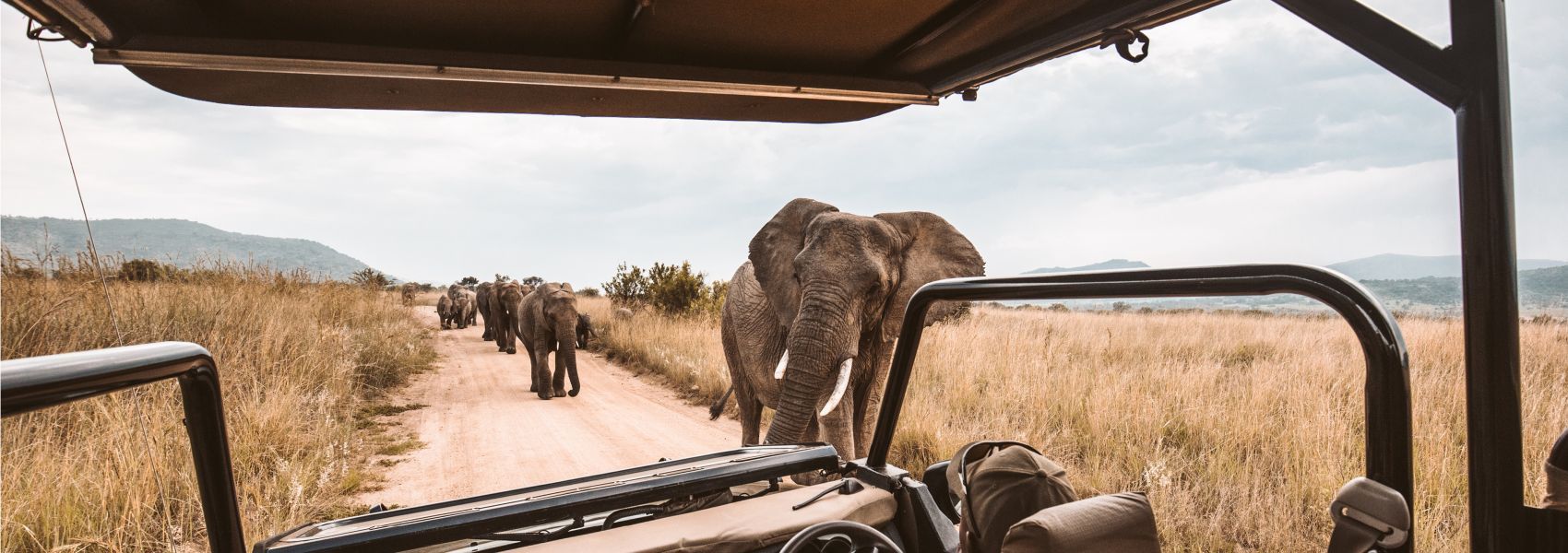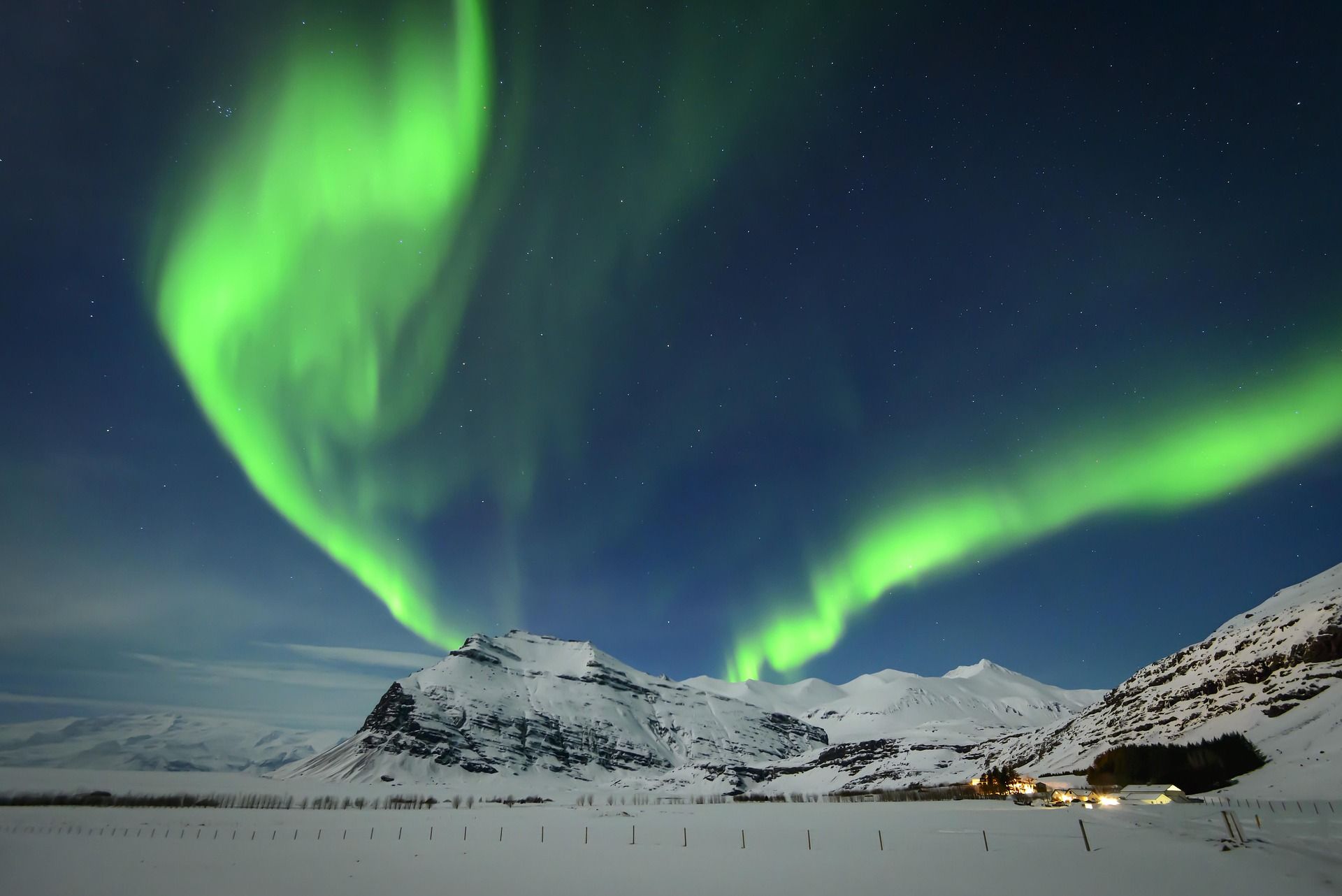The Mekong is one of Asia’s best-known rivers, and a river cruise along the Lower Mekong offers one of the best ways to discover Vietnam and Cambodia. Here’s our top 10 personal highlights to discover on a Mekong river cruise, hand-picked by our very own Amy.
TOP TEN MEKONG RIVER HIGHLIGHTS
Although the ‘Mighty Mekong’ winds 3,000 miles through China, Burma, Laos, Thailand, Cambodia and Vietnam, most Mekong river
cruises offer an excellent insight into two intriguing and intoxicating countries in Southeast Asia, neighbours Cambodia and Vietnam.
Whether your choose to start your Mekong river cruise in Cambodia
or Vietnam, you will discover rich cultures, ancient traditions and crafts handed down between generations, vibrant and colourful marketplaces, rural villages almost stood still in time, hectic, cosmopolitan cities, and the poignant and sobering tales of a recent war-torn history.
TOP 10 MEKONG RIVER CRUISE HIGHLIGHTS
- Sa Dec Vietnam
- Angkor Ban, Cambodia
- Tan Chau, Vietnam
- Phnom Penh, Cambodia
- Ho Chi Minh City, Vietnam
- Koh Okhna Tey, Cambodia
- Chi Chi Tunnels, Vietnam
- Killing Fields & Tuol Sleng, Cambodia
- Hanoi, Vietnam
- Angkor Wat, Cambodia
RIVER CRUISING IN ASIA
River cruising in Asia is a very different experience to European river cruising, but both offer unique and authentic insights into the destinations, as you travel through the very heart of cities, towns and villages; rivers have always been the lifeblood of communities, and were the genesis for the first settlements of what grew to be cities over the centuries, wherever you travel to in the world. In some parts of Indochina in particular (and Asia in general), travelling by river is the most accessible and comfortable way to travel to remote villages.
For many keen to discover Asian river cruising, or even for their very first visit to Vietnam and Cambodia, the Mekong River is ideal for their first experience.
Typically most Mekong river cruises will travel between Kampong Tralach or Kampong Cham in Cambodia to My Tho in Vietnam, and some are even small enough to cruise as far as Ho Chi Minh City itself.
Many itineraries will also include some pre- or post-cruise exploration of other popular destinations, particularly in Vietnam, such as Halong Bay, Hoi An, Hue, and Hanoi, as well as Ho Chi Minh City on Vietnam’s south coast.
MEKONG RIVER CRUISE OPERATORS
Cruise on the Mekong River with these following river cruise lines that all offer sailings as well as pre and post land extensions and tours. Click the links for full details, dates and pricing.
There are many different experiences that you will discover on a Mekong cruise, but we have managed to pick our top ten Mekong River cruise highlights from our own experiences.
TOP 10 MEKONG RIVER CRUISE HIGHLIGHTS
1. SA DEC, VIETNAM
Even as you approach the Mekong town, passing the typical stilt houses that will be (or will become) familiar throughout both the Vietnamese and Cambodian stretches of the river, you’ll start to notice that this town is a little bigger, and different in that it showcases the curious mixture of cultures that can be discovered in Vietnam.
Sa Dec is almost cosmopolitan in comparison to some of the other stops along the Vietnamese Mekong, with its and streets lined by tall, elegant French colonial buildings, and this town was notably ‘put on the map’ by French writer Marguerite Duras and her autobiographical novel, L’Amant
(‘The Lover’). The home of Mr Huynh Thuy Le, the wealthy, older Chinese-Vietnamese lover who inspired this novel of a clandestine affair will be included on virtually all tours of this town, while the Chinese congregational house in Kien An Cung also illustrates the Chinese influence on Vietnam.
However, a visit to Sa Dec isn’t just about historic buildings, and a stroll through its bustling central market will be a fascinating and intriguing highlight, passing piles of produce, live fish swimming in shallow pans of water, and men on motorbikes piled up with more produce to bring in to market.
2. ANGKOR BAN, CAMBODIA
The village of Angkor Ban seems untouched, as if time has stood still, and it was certainly fortunate to have escaped destruction during the Khmer Rouge regime of the 1970s, being one of the very few villages to have been spared. Again here, you can spot the traditional wooden stilt houses, built that way for protection and shelter during the high waters of the Mekong’s rainy season, while offering shade during the heat when the waters are low. A walking tour of this village will enable you to catch glimpses into Cambodian village life; cows resting in the shade, mothers doing the washing, children learning from their books; scenes of everyday life.
Yet what is particularly distinctive about Angkor Ban – particularly in comparison to the Vietnamese villages – is the central role of Buddhism and the colourful temple that’s the village’s place of worship, almost reminiscent of the traditional Parish church in a village. Here, you will also see Buddhist monks in their saffron robes, and you may have the opportunity to witness a traditional Theraveda Buddhist monk blessing ceremony. However, the most impressive temples I visited during my Mekong cruise were Wat Hanchey and Wat Nokor, on an afternoon excursion after embarking at Kampong Cham. Both were striking and colourful, but offered something quite distinctive in their own right. Wat Hanchey sat atop a hill and boasted spectacular views over the Mekong, and dated back to the 7 th
century and the Chenla-era, an empire which spanned modern-day Cambodia, Thailand, Laos, and Vietnam between the 6 th
and 9 th
centuries, and pre-dated the better known Khmer empire that succeeded it. Its structure is simpler than you’d find on the later Khmer temples, and made out of brick, rather than sandstone, and it was dedicated to the Hindu God Shiva, although the site today also boasts a colourful and contemporary Buddhist monastery.
Wat Nokor, on the other hand, is the largest temple complex in the Kampong Cham province and was built much later than the Chenla-era Wat Hanchey. The Buddhist temple has the golden tiled roofs that are typical of many similar temples, and its walls inside are resplendent with colourful images depicting legends and stories, but what makes it particularly intriguing and interesting (and perhaps what inspired UNESCO to add it to the ‘Tentative’ list for World Heritage Sites in the early ‘90s, although lack of maintenance appears to have prevented any upgrade in its status) is the fact that Wat Nokor was built within the ruins of a 12 th
century Angkor-style temple site. The crumbling sandstone structures, carvings, and statues are reminiscent of the better-known temples near Siem Reap, and recognisably Khmer in their design.

ANGKOR BAN

WAT HANCHEY

WAT NOKOR
3. TAN CHAU, VIETNAM
An authentic insight into a typical and untouched Vietnamese village in the Mekong Delta, Tan Chau offers a different insight into rural Vietnam than Sa Dec.
The opportunity to see how other people live and understand different cultures is one of the things I love most about travel, and the accessibility of off-the-beaten-track villages that’s available on river cruising enables travellers to witness rural life in different countries as much as (if not more, particularly on a river like the Mekong) big cities.
Tan Chau is one such example; walking along the same paths as the locals, but paths not typically trodden by most tourists, seeing old men sleep in hammocks, children run excitedly to wave at you, old women washing.
When we visited Tan Chau, we not only had a chance to discover the village on foot, but went on a xe-loi
(trishaw) tour, which in itself was a fun highlight, and certainly helps keep you a little cool thanks to the breeze as you zip along. There are various methods of local transportation in Asia, and whenever given the opportunity to try any of these – whether a xe-loi
, tuk-tuk, cyclo, rickshaw, or ox-cart – I would always welcome, and recommend, the opportunity.
Mekong river cruises are about showing you what life is like along the Mekong, from the stilt houses to the trishaws, but also the various artisanal skills and products, and during our visit to Tan Chau, we saw how they made silk and rattan mats.
4. PHNOM PENH, CAMBODIA
If you’ve got used to the rural landscapes along the Mekong so far, be prepared for something of a gear change. Cambodia’s capital city sits on the confluence of the Bassac, Mekong, and Tonle Sap rivers (the Tonle Sap Lake is another popular Cambodian highlight), and its walkable riverfront, lined with parks, restaurants, and bars, and glittering with its ornate Royal Palace and Silver Pagoda makes for an impressive first impression upon approach, particularly when first glimpsed as the sun is setting.
Home to 2 million people, Phnom Penh isn’t as busy as Vietnam’s major cities, but it’s certainly a marked increase in tempo and energy from the sleepy Mekong villages, and the city has been an important hub for both the Khmer and French empires. In the 19 th
century, the French restored Phnom Penh to capital city status for the first time since 1497 and they certainly left their imprint, with elegant colonial buildings, and in the 1920s it was considered to be one of the loveliest French-built cities in Indochina, giving rise to the nickname ‘Pearl of Asia’.
The gilded and traditional buildings of the Royal Palace betray its age; you could be forgiven for thinking that the Palace pre-dated the French influence on the city, which had largely been abandoned since its previous Khmer hey-day in the late 15 th
century and dwindled to merely a riverside village. Although built in traditional style, the Royal Palace and its complex on the site in Phnom Penh dates back no earlier than 1866, with some of the buildings dismantled and rebuilt as recently as the 1960s, before the rise of the Khmer Rouge. Phnom Penh was abandoned again during the Khmer Rouge rule following the decisive Fall of Phnom Penh on 17 April 1975; in the Khmer Rouge’s ‘agrarian socialist’ Cambodia, cities like Phnom Penh were evacuated with the urban population forced into agricultural communes. To see Phnom Penh today, it is almost unbelievable to think that less than half a century ago, it had been emptied and abandoned, but it truly is an example of a ‘Phoenix’ if ever there was one.
5. HO CHI MINH CITY, VIETNAM
Even if your ship embarks or disembarks in My Tho, about an hour and a half away from Ho Chi Minh City, there is no way that you can possibly do a Mekong river cruise and not experience Ho Chi Minh City. Formerly known as Saigon while under French rule (when it was nicknamed by the French as the ‘Pearl of the Far East’), and now named after the Communist revolutionary Ho Chi Minh, Chinese immigrants call the city ‘Cho Lon’, meaning Big Market.
With its characteristic hectic chaos, millions of motorbikes, bustle and noise, Ho Chi Minh City might come across as more ‘Big Market’ than Pearl nowadays, but its not without its charms. Ho Chi Minh City was the first place in Asia I ever visited, and I will never forget that feeling of vibrant electricity that seems to crackle its atmosphere; it’s a city that is truly alive, and it really has to be experienced.
You think you can prepare yourself for its energy, but you can’t – you just have to try to remember how to cross a road safely! Ho Chi Minh City makes the Vietnamese capital Hanoi seem almost slow-paced in comparison, although with landmarks such as Notre Dame Cathedral (a legacy from its French colonial days, of course), the Post Office (where you can also obtain tickets for the famous AO Show at the Opera House), Reunification Palace, and Ho Chi Minh Square facing the Ho Chi Minh City People’s Committee, this is a city with plenty of impressive gravitas to equal a capital city.
In fact, HCMC is Vietnam’s largest city, and the nation’s economic and financial centre. Whilst exploring the city’s streets, be sure to try a Vietnamese-style iced coffee, cà phê đá
, or the famous national soup dish, Phở
. On my first trip to Ho Chi Minh City, I had my first taste of both of these national specialties, and soon became hooked; ‘Legends’ is one of the best coffee shops in the city, but as the Vietnamese occasionally doctor their coffee with charcoal, it is best to get recommendations from your local guide! The first time I tasted Phở
was at Phở 2000
, made famous by (and named after) then-US President Clinton’s visit in 2000.
Of course, if you really want to treat yourself in Ho Chi Minh City, enjoy a meal at Vietnam House, which offers Vietnamese cuisine with a modern twist and was founded by Australian-born Vietnamese celebrity chef, Luke Nguyen. As Nguyen is a celebrity ambassador for APT, dinner at Vietnam House is included on APT’s luxury Mekong river cruises, but you don’t have to be a guest of APT to enjoy a meal here! If you have free time during your stay in Ho Chi Minh City, then I’d recommend giving this restaurant a try for lunch or dinner; both a la carte options and set menus are available. During my last trip to Vietnam in Ho Chi Minh City, we were incredibly lucky and privileged to have a delicious meal here, enjoying many different dishes, including lobster spring rolls and jumbo river prawns, and the restaurant itself was just beautiful to behold, and ideally located in the heart of Ho Chi Minh City.
6. KOH OKNHA TEI, CAMBODIA
Koh Okhna Tei, otherwise known as ‘Silk Island’, is where – as its name suggests – you can learn how silk is produced, one of the local products along the Mekong where skills have been passed down through generations and still made traditionally.
This was perhaps one of the few places along the Cambodian Mekong that felt perhaps a little commercialised and set up for tourists, but it’s still fascinating to see and learn.
In other villages, you can see how different products are made; whether it’s pottery made in Kampong Chhnang, where some of the older villagers’ hands are still soft and smooth through decades of crafting pottery with their hands (some of the younger villagers have taken to using kilns), or learning about the products made from the sugar palm tree.
Kampong Chhnang was particularly memorable, not just for the incredible skills we got to witness and learn about, but for the riverside market, and (perhaps most memorably of all) the woman who appeared out of nowhere to offer me a ‘KFC’, or ‘Khmer Fried Cricket’. I still, to this day, regret not actually trying one, but I was anxious not to be left behind ashore!
7. CU CHI TUNNELS, VIETNAM
No stay in Ho Chi Minh City would be complete without heading out to the nearby countryside for a visit to the Cu Chi Tunnels. Like its neighbour Cambodia, Vietnam has faced tragedy and war in its recent past, seeking independence first from the French then the end of the Japanese occupation during the Second World War, civil war amongst itself, and – of course – the infamous Vietnam War, or the American War as the Vietnamese themselves call it. Some thirty miles from Ho Chi Minh City, a 75-mile long complex of tunnels in the countryside is the most famous underground tunnel network and now a war memorial park that’s one of Vietnam’s most visited sites for tourists. The tunnels are just a small part of the extensive tunnel network that underlie most of the country, first built during the Vietnamese fight for independence against the French. At the Cu Chi Tunnels, you will gain a fascinating insight into the tenacity of the Viet Cong and the harsh conditions they experienced whilst underground, and even see examples of some of the booby traps that were set, and for those keen on hands-on experiences, you can always crawl through one of the sections of tunnel, or pose in a hidden hole with the plank of wood above your head – just try not to get stuck!
8. KILLING FIELDS & TUOL SLENG, CAMBODIA
Although you can opt out of visiting the notorious Killing Fields and Tuol Sleng (a former secondary school that was used as a security prison by the Khmer Rouge and is now the genocide museum) while in Phnom Penh, I would still recommend visiting these sites, which date back to the darkest time in Cambodia’s history. They make for harrowing and sobering visits, but history cannot (and should not) be censored or forgotten, although the Killing Fields (like Auschwitz) seem to have an atmosphere that still clings, and once visited, is impossible to forget. Many of the Cambodian local guides on your river cruise will have their own personal tales to tell of their recollections during the Khmer Rouge regime, which will be as haunting as the visits to the Killing Fields or Tuol Sleng.
9. HANOI, VIETNAM
A typical Mekong river cruise will be seven nights long, and will mostly focus on the rural villages along its banks, some of which are so remote they will only be accessible by local or tender boat, or by makeshift docks. It’s certainly a far cry from the infrastructure of river cruising in Europe!
Arguably, this is just part of the Mekong’s charm. While a Mekong river cruise gains you amazing access to remote villages, and is a great way to explore both Phnom Penh and Ho Chi Minh City, there are other cities that you wouldn’t want to miss out on visiting, and these can often be included in itineraries which combine touring with river cruising, or as pre- or post-cruise extensions. In Vietnam, you can choose to make your way from north to south, a bit like Rachel and I did in 2018
, where you’ll join your Mekong river cruise, depending on how long you want to travel for.
If you are perhaps strapped for time but want to make the most of experiencing Vietnam, then a pre- or post-cruise extension in Hanoi is highly recommended (arguably, I would also add Hoi An, rather than Hue, but as there are direct flights to Hanoi from London, it’s come up trumps). Hanoi is a fascinating city, an eclectic mixture of history and cultures, from ancient Chinese influence with the 1,000 year-old Temple of Literature, and its red cranes, dragons and tortoises depicted in its pavilions, temples and court yards, to the familiar European-style of Hanoi’s Notre Dame Cathedral, built in the late 19 th
century Gothic revival style to resemble its famous Parisian namesake (Hanoi’s cathedral is actually named after Vietnam and Indochina’s national saint, St Joseph), and the infamous ‘Hanoi Hilton’.
Despite the cheery yellow of its external walls, the Hanoi Hilton – or Hỏa Lò Prison – was used first by the French colonists and then later by the North Vietnamese as a prison for political prisoners and American Prisoners of War respectively. A tour of the Hanoi Hilton is certainly an impactful glimpse into the horrors of both Vietnam’s fight for independence from the French and the Vietnam War, from the cells which crammed in over 30 Vietnamese resistance fights to one of the guillotines which had actually been used for execution. However, you won’t just learn about Hanoi’s past; you can enjoy its vibrant present, watching locals practise their tai chi
or martial arts in the public parks – the city is much greener than I had expected.
Take a look at the various products being sold at the famous Dong Xuan Market, where you can find the best banh mi
in the city, sold just outside the market by a husband and wife team whose special ingredient for Hanoi’s famous baguette dish is lemon juice. Yet no stay in Hanoi would be complete without heading out 105 miles into the country for one of Vietnam’s best-known and most iconic attractions, the forest-clad limestone karsts jutting out of the waters of Halong Bay. You can cruise the Bay on a junk boat for just a few hours, or enjoy an overnight cruise, either way, Halong Bay is a must-do when visiting Vietnam.
ANGKOR WAT, CAMBODIA
While not on the Mekong itself, no Mekong river cruise would be complete without the jewel in Cambodia’s crown, a landmark so synonymous with the country that it features proudly on the national flag. In many ways, Angkor Wat is to Cambodia what the Taj Mahal is to India, particularly for any traveller making their first trip to each country.
Meaning ‘City of Temples’ and sprawling over 400 acres, the Angkor Wat temple complex is the largest religious monument of the world. Originally a Hindu temple dedicated to the god Vishnu – which, in itself was an unusual break from a tradition that revered Shiva as the Supreme Being – by the end of the 12 th
century, Angkor Wat had transformed into a Buddhist temple. As the best preserved (and largest) of the Khmer temples, Angkor Wat is the best known, but it’s not the only temple you’ll visit while in Siem Reap before or after your Mekong river cruise (although it is the only one to have remained a significant religious centre). Most river cruises will include one or two nights in Siem Reap, the resort town that’s the gateway to the temples of Angkor, giving you plenty of time and opportunity to explore not only Angkor Wat itself, but the fortified city of Angkor Thom, renowned for the Terrace of Elephants and the many faces of Bayon Temple at its heart, and perhaps the atmospheric Ta Prohm temple that has almost become entangled with the jungle itself, with trees roots knotting and climbing along its walls.
No matter the size or state of preservation of the temples, each of the temples of Angkor offer something different and beautiful, showcasing incredible craftsmanship of a time long gone by and artistry that is so magnificent it’s humbling to behold, from the bas-relief friezes of large-scale scenes typically depicting the Hindu epics the Ramayana and the Mahabharata, to the iconic lotus towers of Angkor Wat itself.
Frequently Asked Questions about Mekong River Cruise Highlights
What are the main highlights of a Mekong River cruise?
Key highlights include visiting Angkor Wat in Cambodia, exploring floating markets, discovering traditional Vietnamese villages, and enjoying the stunning landscapes along the Mekong River.
Which countries does a Mekong River cruise itinerary cover?
A Mekong River cruise typically travels through Vietnam and Cambodia, with some itineraries extending into Laos or Thailand.
When is the best time to take a Mekong River cruise?
The best time to cruise the Mekong River is during the dry season, from November to April, when the weather is more pleasant and the water levels are ideal for sightseeing.
How long does a typical Mekong River cruise last?
Most Mekong River cruises last between 7 and 14 nights, depending on the itinerary and the number of included excursions.
What should I pack for a Mekong River cruise in Vietnam and Cambodia?
Pack lightweight clothing, comfortable walking shoes, sunscreen, insect repellent, a hat, and appropriate attire for visiting temples and cultural sites.
Are shore excursions included in Mekong River cruise packages?
Yes, most Mekong River cruise packages include daily guided excursions to cultural landmarks, markets, and villages along the river.
What kind of accommodation can I expect on a Mekong River cruise?
Cruise ships offer comfortable cabins with modern amenities, private bathrooms, and many with balconies overlooking the river scenery.
Is Wi-Fi available on board a Mekong River cruise?
Many Mekong River cruises offer complimentary Wi-Fi, although connection speeds can vary depending on location along the river.
Do I need a visa for a Mekong River cruise in Vietnam and Cambodia?
Yes, UK travellers need visas for both Vietnam and Cambodia. Many cruise lines assist with visa arrangements or provide guidance on how to obtain them.
How can I book a Mekong River cruise with Select Travel Holidays?
You can book by contacting our team via telephone or email, or by submitting an enquiry through our website. Our specialists will help you choose the best itinerary and package.
MEKONG RIVER TOP TEN HIGHLIGHTS SUMMARY
I first cruised the Cambodian side of the Mekong River from Kampong Cham to Phnom Penh onboard the Jahan with Heritage Cruise Line on a trip with Asia small-group touring specialists Insider Journeys, and two years later had a chance to experience the Vietnamese side with AmaWaterways
, and what I have noticed from comparing the itineraries I have experienced and those offered by other river cruise lines, is that a Mekong River cruise might offer similar staple experiences, such as a chance to learn about traditional skills or have a Buddhist blessing, but will visit different villages, particularly on the Cambodian side of the river.
As these are often small and remote villages, it is important to help sustain their integrity and authenticity, and to avoid bottle necks of tourists arriving from different ships, something that I can thankfully say I have never witnessed on either Mekong trip (and neither did Rachel on her first Mekong trip through Vietnam and Cambodia with Pandaw
).
I have used the examples of the villages that I have personally visited, but they won’t be included on every itinerary; while an activity such as, for example, an ox-cart tour or Buddhist monk blessing can be found with another river cruise line, it might not be in the same village as the one in which I experienced it. In fact, our Buddhist blessing was actually conducted onboard, but I’m sure it was originally supposed to be experienced in Angkor Ban itself.


